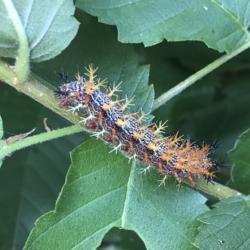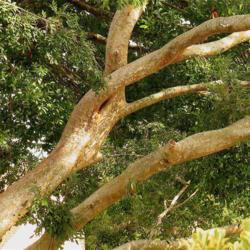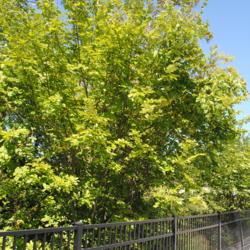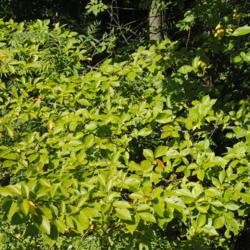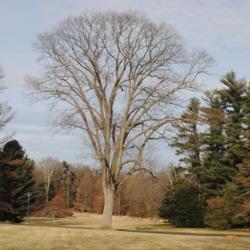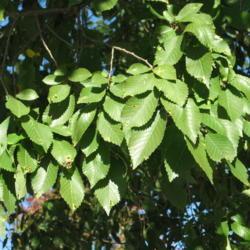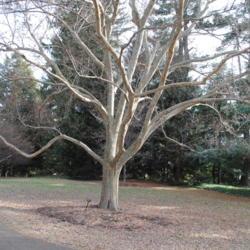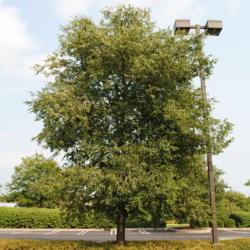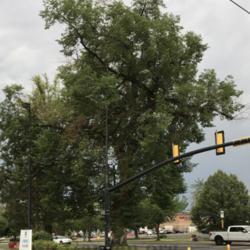Posted by
ILPARW (southeast Pennsylvania - Zone 6b) on Dec 5, 2018 4:42 PM concerning plant:
There are about 30 species of Elms across the temperate region of the Northern Hemishere. They grow to be medium to large sized trees with furrowed gray-brown to brown bark. The alternate, usually deciduous leaves are one-sided at the base with prominent , parallel, lateral veins and regularly toothed margins, and leaves get a good orange-yellow fall colour to a poor yellowish-green fall colour, depending on the species and weather conditions. The small, dry, disc-like fruits are made of a central seed surrounded by a round wing. The American or White Elm is one of the largest and is noted as having the best vase-shaped habit. There are several European Elms that are noted as being good quality trees also. Asian Elms have smaller leaves and are more twiggy than the others, but some are good quality trees. Generally, elms are adaptable to many soils: dry to draining wet, slightly acid to neutral to well-alkaline; and are medium to fast growing. A deadly fungus called Dutch Elm Disease that began in East Asia, where Asian elms are resistant, (Ophiostoma ulmi) devastated the elm population of both North America and Europe, spread by the European Elm Bark Beetle. Fortunately, about one in several hundred elms survived the disease having resistance in themselves and there has been work in restoring the species with resistant cultivars and natural selections.
